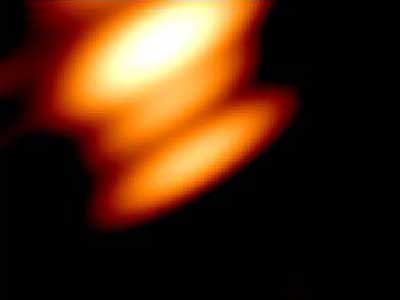Methane hydrate — also known as ‘fire ice’ — is a mixture of methane and water frozen into solid chunks. It forms when methane is produced by bacteria feeding on decomposing organic matter at the bottom of cold oceans. There, the combination of cold and extreme pressure can lock methane into a crystalline cage of frozen water molecules. Methane hydrate can be found in permafrost that was once under the ocean and under the sea floor in deep water along most continental margins.
Developing nations are starting to take note. For one thing, there is a lot of this strange stuff out there — potentially lying in deep water off their coasts. The United States Geological Survey estimates that the amount of energy trapped in hydrates is more than all the world’s other fossil fuels reserves combined. On top of that, fire ice burns much more cleanly than dirtier fossil fuels and so may power development in a greener fashion.
Several developing nations including India are beginning research into the possibility of harnessing methane hydrates — and potentially replacing their dependence on energy imports with huge stocks of relatively clean fuel. When burned, the gas hydrates release much less carbon dioxide than oil and coal and almost no ash and zero mercury.

















Related Items
Sudharma, A bridge between tradition and the future...
Pakistan’s Future: For whom the bells now toll?
Renewable Energy capacity registers 15.84 per cent growth